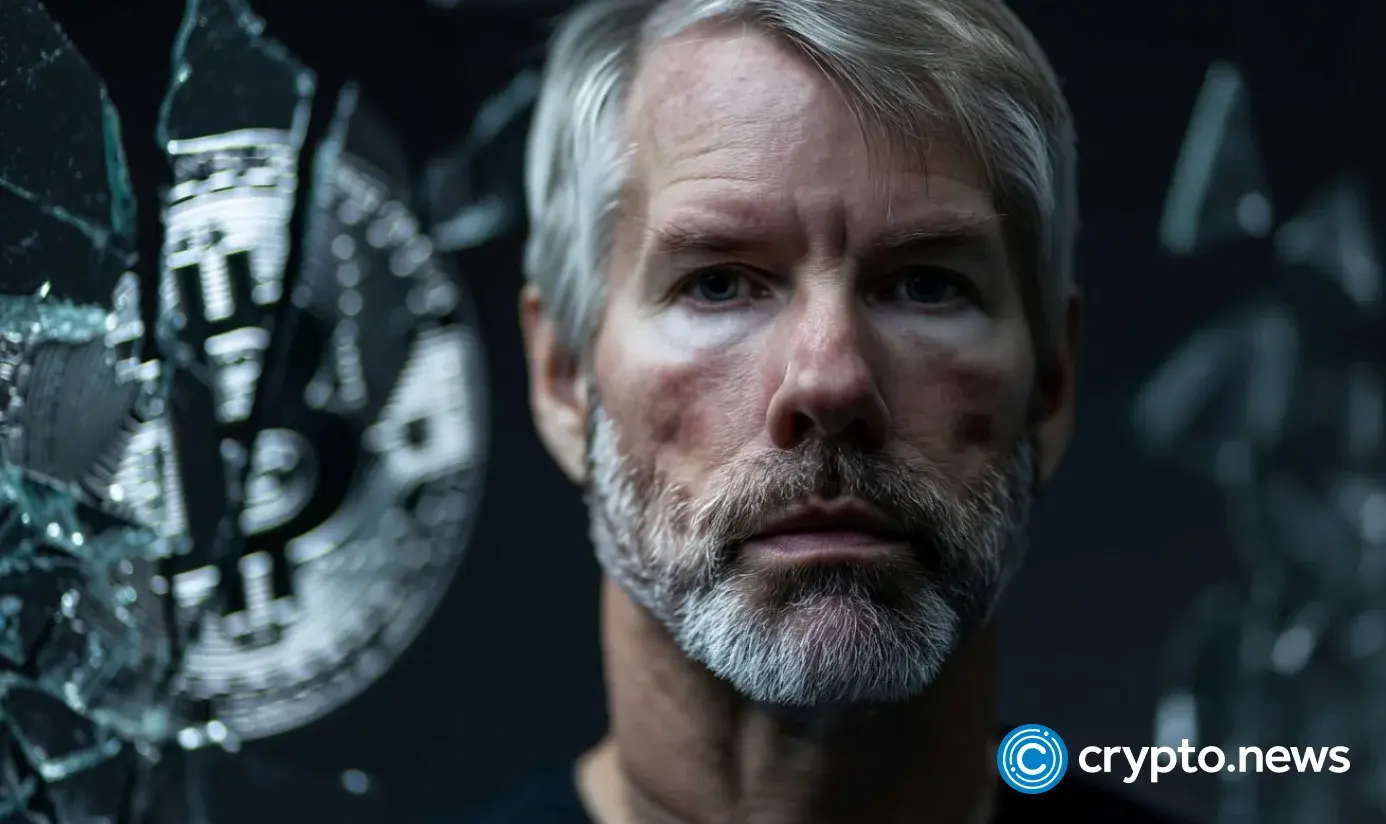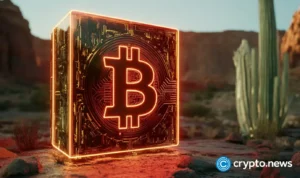Why Michael Saylor Should Hold, Not Burn, His Bitcoin Investment

Michael Saylor’s Controversial Bitcoin Burning Proposal: A Threat to Cryptocurrency’s Future?
The Implications of Burning Bitcoin
Michael Saylor’s recent announcement about potentially burning his Bitcoin (BTC) has sparked significant debate within the cryptocurrency community. This move raises concerns about the long-term implications for Bitcoin’s availability and its role as a safeguard against inflation. While Saylor’s company, MicroStrategy, aims to expand its Bitcoin holdings, the idea of destroying BTC has left many questioning the impact on the overall supply.
- The Implications of Burning Bitcoin
- Aiming for Scarcity: Saylor’s Ambitions
- The Titanic Analogy: A Risky Move
- The Technical Perspective: Risks of Permanent Loss
- The Philosophy of Bitcoin: A Stand Against Centralization
- The Importance of Predictable Supply
- Building Confidence Through Preservation
- A Legacy of Economic Empowerment
- Conclusion: The Choice is Saylor’s
Aiming for Scarcity: Saylor’s Ambitions
Saylor has openly expressed his desire to own one percent of Bitcoin’s total supply, which suggests a strategic approach to accumulating BTC. However, his plan to incinerate his holdings could have far-reaching consequences that deserve more scrutiny. The notion of burning Bitcoin should prompt discussions about the asset’s resilience and future viability.
The Titanic Analogy: A Risky Move
The act of burning Bitcoin involves sending it to addresses that are permanently inaccessible, effectively removing it from circulation. Instead of destroying his assets, Saylor could leverage his Bitcoin to enhance his legacy. By investing in community projects or supporting Bitcoin developers, he could leave a lasting impact that benefits society.
The Technical Perspective: Risks of Permanent Loss
Many Bitcoin units are already lost due to issues like forgotten private keys or hardware failures. Estimates suggest that between 17% and 23% of all BTC are permanently inaccessible, including wallets believed to belong to Bitcoin’s creator, Satoshi Nakamoto. This inherent scarcity is part of Bitcoin’s appeal, making it even more valuable than the capped supply of 21 million.
The Philosophy of Bitcoin: A Stand Against Centralization
Bitcoin represents a challenge to centralized financial systems and serves as a hedge against inflation and government overreach. Burning BTC undermines this foundational principle, reducing the number of assets available to combat inflation. Such actions could diminish the lifeboat analogy often used to describe Bitcoin’s role in financial security.
The Importance of Predictable Supply
Bitcoin’s fixed supply is a crucial aspect of its value proposition, mirroring the natural scarcity of gold. If Saylor were to destroy his Bitcoin, it could lead to speculation about further supply reductions, eroding trust in Bitcoin’s predictable issuance. Arbitrary changes to supply can create uncertainty, which is detrimental to Bitcoin’s reputation as a stable monetary asset.
Building Confidence Through Preservation
Saylor’s decision to retain his Bitcoin would not only reinforce his commitment to the cryptocurrency but also encourage broader adoption. By holding onto his assets and utilizing them for constructive purposes, he can inspire others to recognize Bitcoin’s value and historical significance.
A Legacy of Economic Empowerment
To align with Satoshi Nakamoto’s vision of sound money, Saylor should consider passing his Bitcoin to future generations or allocating them for charitable purposes. This approach would help maintain Bitcoin’s role in the economic landscape and support its function as a form of financial freedom.
Conclusion: The Choice is Saylor’s
Ultimately, the decision regarding his Bitcoin rests with Saylor. He has the freedom to choose how to manage his assets, including the possibility of adding to the already significant number of lost Bitcoins. However, the implications of such a choice could hinder Bitcoin’s potential to serve the greatest number of people effectively.







